Capital One 2013 Annual Report Download - page 68
Download and view the complete annual report
Please find page 68 of the 2013 Capital One annual report below. You can navigate through the pages in the report by either clicking on the pages listed below, or by using the keyword search tool below to find specific information within the annual report.-
 1
1 -
 2
2 -
 3
3 -
 4
4 -
 5
5 -
 6
6 -
 7
7 -
 8
8 -
 9
9 -
 10
10 -
 11
11 -
 12
12 -
 13
13 -
 14
14 -
 15
15 -
 16
16 -
 17
17 -
 18
18 -
 19
19 -
 20
20 -
 21
21 -
 22
22 -
 23
23 -
 24
24 -
 25
25 -
 26
26 -
 27
27 -
 28
28 -
 29
29 -
 30
30 -
 31
31 -
 32
32 -
 33
33 -
 34
34 -
 35
35 -
 36
36 -
 37
37 -
 38
38 -
 39
39 -
 40
40 -
 41
41 -
 42
42 -
 43
43 -
 44
44 -
 45
45 -
 46
46 -
 47
47 -
 48
48 -
 49
49 -
 50
50 -
 51
51 -
 52
52 -
 53
53 -
 54
54 -
 55
55 -
 56
56 -
 57
57 -
 58
58 -
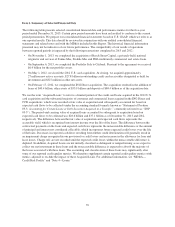 59
59 -
 60
60 -
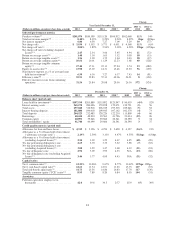 61
61 -
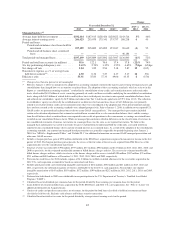 62
62 -
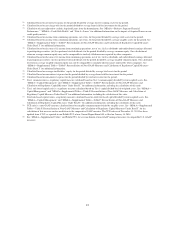 63
63 -
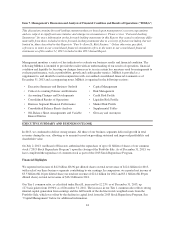 64
64 -
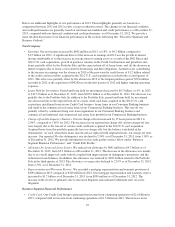 65
65 -
 66
66 -
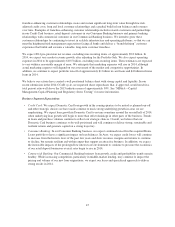 67
67 -
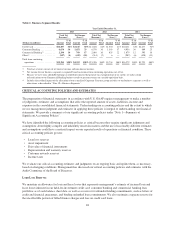 68
68 -
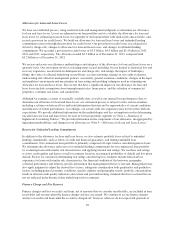 69
69 -
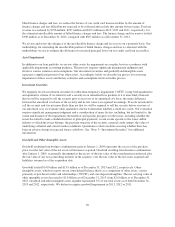 70
70 -
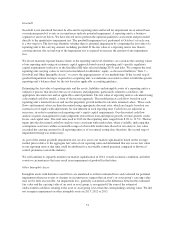 71
71 -
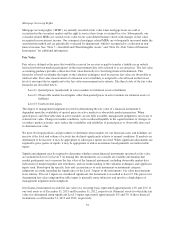 72
72 -
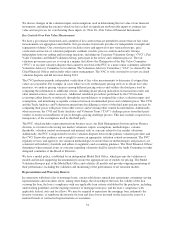 73
73 -
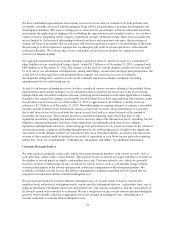 74
74 -
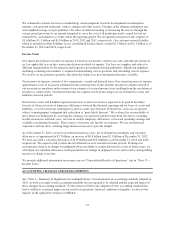 75
75 -
 76
76 -
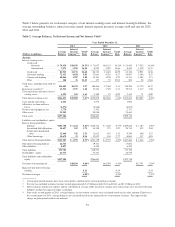 77
77 -
 78
78 -
 79
79 -
 80
80 -
 81
81 -
 82
82 -
 83
83 -
 84
84 -
 85
85 -
 86
86 -
 87
87 -
 88
88 -
 89
89 -
 90
90 -
 91
91 -
 92
92 -
 93
93 -
 94
94 -
 95
95 -
 96
96 -
 97
97 -
 98
98 -
 99
99 -
 100
100 -
 101
101 -
 102
102 -
 103
103 -
 104
104 -
 105
105 -
 106
106 -
 107
107 -
 108
108 -
 109
109 -
 110
110 -
 111
111 -
 112
112 -
 113
113 -
 114
114 -
 115
115 -
 116
116 -
 117
117 -
 118
118 -
 119
119 -
 120
120 -
 121
121 -
 122
122 -
 123
123 -
 124
124 -
 125
125 -
 126
126 -
 127
127 -
 128
128 -
 129
129 -
 130
130 -
 131
131 -
 132
132 -
 133
133 -
 134
134 -
 135
135 -
 136
136 -
 137
137 -
 138
138 -
 139
139 -
 140
140 -
 141
141 -
 142
142 -
 143
143 -
 144
144 -
 145
145 -
 146
146 -
 147
147 -
 148
148 -
 149
149 -
 150
150 -
 151
151 -
 152
152 -
 153
153 -
 154
154 -
 155
155 -
 156
156 -
 157
157 -
 158
158 -
 159
159 -
 160
160 -
 161
161 -
 162
162 -
 163
163 -
 164
164 -
 165
165 -
 166
166 -
 167
167 -
 168
168 -
 169
169 -
 170
170 -
 171
171 -
 172
172 -
 173
173 -
 174
174 -
 175
175 -
 176
176 -
 177
177 -
 178
178 -
 179
179 -
 180
180 -
 181
181 -
 182
182 -
 183
183 -
 184
184 -
 185
185 -
 186
186 -
 187
187 -
 188
188 -
 189
189 -
 190
190 -
 191
191 -
 192
192 -
 193
193 -
 194
194 -
 195
195 -
 196
196 -
 197
197 -
 198
198 -
 199
199 -
 200
200 -
 201
201 -
 202
202 -
 203
203 -
 204
204 -
 205
205 -
 206
206 -
 207
207 -
 208
208 -
 209
209 -
 210
210 -
 211
211 -
 212
212 -
 213
213 -
 214
214 -
 215
215 -
 216
216 -
 217
217 -
 218
218 -
 219
219 -
 220
220 -
 221
221 -
 222
222 -
 223
223 -
 224
224 -
 225
225 -
 226
226 -
 227
227 -
 228
228 -
 229
229 -
 230
230 -
 231
231 -
 232
232 -
 233
233 -
 234
234 -
 235
235 -
 236
236 -
 237
237 -
 238
238 -
 239
239 -
 240
240 -
 241
241 -
 242
242 -
 243
243 -
 244
244 -
 245
245 -
 246
246 -
 247
247 -
 248
248 -
 249
249 -
 250
250 -
 251
251 -
 252
252 -
 253
253 -
 254
254 -
 255
255 -
 256
256 -
 257
257 -
 258
258 -
 259
259 -
 260
260 -
 261
261 -
 262
262 -
 263
263 -
 264
264 -
 265
265 -
 266
266 -
 267
267 -
 268
268 -
 269
269 -
 270
270 -
 271
271 -
 272
272 -
 273
273 -
 274
274 -
 275
275 -
 276
276 -
 277
277 -
 278
278 -
 279
279 -
 280
280 -
 281
281 -
 282
282 -
 283
283 -
 284
284 -
 285
285 -
 286
286 -
 287
287 -
 288
288 -
 289
289 -
 290
290 -
 291
291 -
 292
292 -
 293
293 -
 294
294 -
 295
295 -
 296
296 -
 297
297 -
 298
298 -
 299
299 -
 300
300 -
 301
301 -
 302
302
 |
 |

Table 1: Business Segment Results
Year Ended December 31,
2013 2012 2011
Total Net
Revenue(1)
Net Income
(Loss)(2)
Total Net
Revenue(1)
Net Income
(Loss)(2)
Total Net
Revenue(1)
Net Income
(Loss)(2)
(Dollars in millions) Amount
% of
Total Amount
% of
Total Amount
% of
Total Amount
% of
Total Amount
% of
Total Amount
% of
Total
Credit Card .................. $14,287 64% $2,615 60% $13,260 62% $1,530 41% $10,431 64% $2,277 70%
Consumer Banking ............ 6,654 30 1,451 33 6,570 30 1,363 37 4,956 30 809 25
Commercial Banking(3) ......... 2,290 10 769 17 2,080 10 835 22 1,879 12 595 18
Other(4) ..................... (847) (4) (443) (10) (514) (2) 6 — (987) (6) (428) (13)
Total from continuing
operations ................. $22,384 100% $4,392 100% $21,396 100% $3,734 100% $16,279 100% $3,253 100%
(1) Total net revenue consists of net interest income and non-interest income.
(2) Net income for our business segments is reported based on income from continuing operations, net of tax.
(3) Because we have some affordable housing tax-related investments that generate tax-exempt income or tax credits, we make certain
reclassifications to our Commercial Banking business results to present revenues on a taxable-equivalent basis.
(4) Includes the residual impact of the allocation of our centralized Corporate Treasury group activities to our business segments as well as
other items as described in “Note 19—Business Segments”.
CRITICAL ACCOUNTING POLICIES AND ESTIMATES
The preparation of financial statements in accordance with U.S. GAAP requires management to make a number
of judgments, estimates and assumptions that affect the reported amount of assets, liabilities, income and
expenses in the consolidated financial statements. Understanding our accounting policies and the extent to which
we use management judgment and estimates in applying these policies is integral to understanding our financial
statements. We provide a summary of our significant accounting policies under “Note 1—Summary of
Significant Accounting Policies”.
We have identified the following accounting policies as critical because they require significant judgments and
assumptions about highly complex and inherently uncertain matters and the use of reasonably different estimates
and assumptions could have a material impact on our reported results of operations or financial condition. These
critical accounting policies govern:
• Loan loss reserves
• Asset impairment
• Fair value of financial instruments
• Representation and warranty reserves
• Customer rewards reserves
• Income taxes
We evaluate our critical accounting estimates and judgments on an ongoing basis and update them, as necessary,
based on changing conditions. Management has discussed our critical accounting policies and estimates with the
Audit Committee of the Board of Directors.
Loan Loss Reserves
We maintain an allowance for loan and lease losses that represents management’s estimate of incurred loan and
lease losses inherent in our held-for-investment credit card, consumer banking and commercial banking loan
portfolios as of each balance sheet date, as well as a reserve for unfunded lending commitments, such as letters of
credit and financial guarantees, and binding unfunded loan commitments. We also maintain a separate reserve for
the uncollectible portion of billed finance charges and fees on credit card loans.
48
